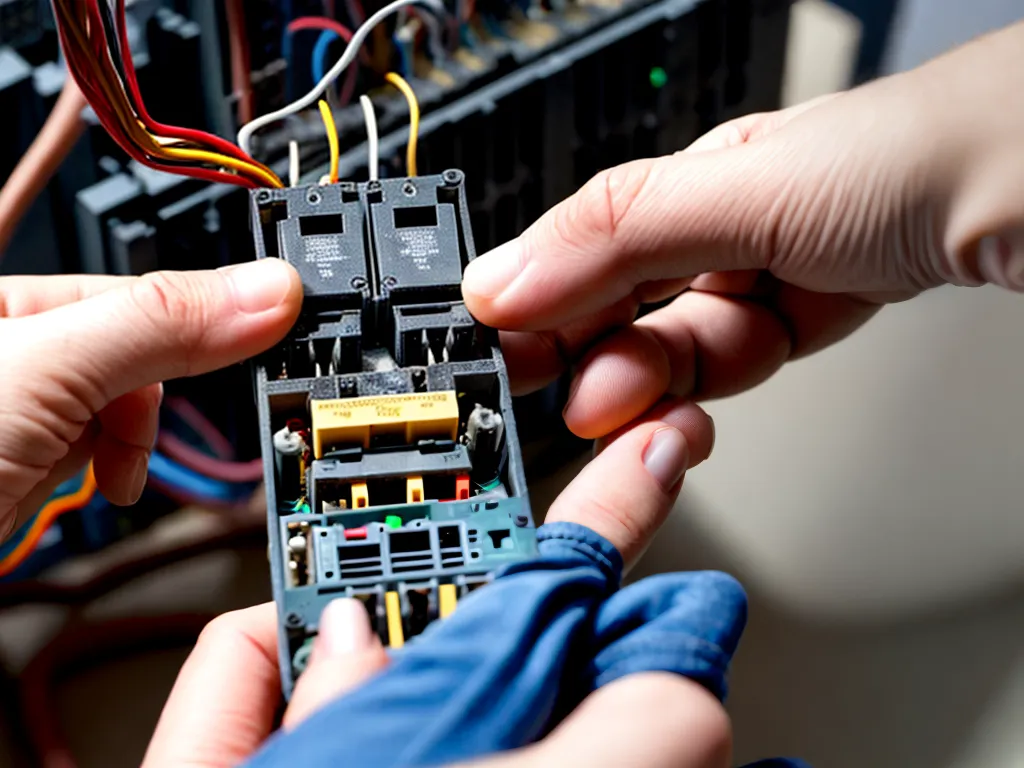
How to Troubleshoot Faulty Transformer Connections
Introduction
Transformers are essential components of electrical systems that adjust voltage levels to match the requirements of various equipment. However, transformers can malfunction due to faulty connections, leading to serious power disruptions. As an electrical technician, it's crucial to understand common transformer connection issues and how to systematically troubleshoot them. This guide will provide an in-depth overview of transformer connection troubleshooting.
Common Causes of Faulty Transformer Connections
There are several typical causes of faulty transformer connections:
Loose Connections
Vibrations, thermal cycling, and mechanical stress can cause transformer terminal connections to loosen over time. Loose connections have high electrical resistance that causes overheating. This accelerates oxidation and further loosens the connections.
Contamination
Exposure to moisture, dirt, oil, etc. can contaminate transformer terminal connections. Contaminants like surface oxidation increase contact resistance. Connections may eventually overheat or short circuit.
Mechanical Damage
Careless handling during transportation or installation can bend, deform, or crack transformer bushings and terminals. Any mechanical damage degrades the connection integrity, eventually leading to faults.
Incorrect Wiring
Incorrect wiring between the transformer and equipment can cause issues like short circuits, open circuits, or phase problems. Polarity reversals are examples of incorrect transformer wiring.
Safety Precautions
Follow these safety precautions when troubleshooting transformers:
- Isolate and de-energize the transformer before inspections. Use proper lockout/tagout procedures.
- Check for dangerous residual voltages with a voltmeter. Discharge any capacitance.
- Wear appropriate PPE like electrical gloves, face shield, arc-flash protective clothing, etc.
- Use properly insulated tools and testing equipment.
Visual Inspection
Start transformer connection troubleshooting with a thorough visual inspection:
- Inspect all transformer terminals, connectors, and buss work for signs of overheating, arcing, cracking, corrosion, looseness, or contamination.
- Check bushing ceramic integrity. Look for cracks or carbon tracking.
- Verify all ground connections are intact. Check for corrosion.
- Ensure there is no visible damage to transformer windings or core.
- Check for leaks, unusual odors, or other anomalies.
Closely inspect any discolored or damaged components. Photograph all findings for documentation. Immediately replace severely damaged or hazardous connections.
Electrical Testing
Electrical testing helps confirm and pinpoint connection faults:
- Use a multimeter to check winding resistances. Compare to baseline values.
- Perform turns ratio tests. Significant deviations indicate winding problems.
- Use a megohmmeter to measure insulation resistance between windings and ground. Low insulation resistance indicates contamination or moisture ingress.
- Check winding inductances and capacitances. Compare to expected values.
- Perform an applied voltage test with a hipot tester. Look for leakage current or flashover.
- Check core ground and excitation current to verify core integrity.
Investigate any abnormal test results. Disassemble transformer if necessary for further internal inspection.
Thermographic Inspection
Use an IR thermal camera to check connections and windings for hot spots while the transformer is energized:
- Scan terminals, bushings, and buss work for abnormally high temperatures.
- Inspect along winding insulation for heating patterns.
- Verify cooling systems are operating correctly.
- Perform scans during both no-load and full-load conditions.
- Compare similar connection points. Significant temperature differences indicate issues.
Mark any thermal anomalies. Later correct connections with excessive heating.
Tightening Loose Connections
Follow these best practices to tighten loose transformer connections:
- Clean connection surfaces thoroughly to remove oxidation and contaminants.
- Use a torque wrench to tighten connectors and hardware to specified values.
- Avoid overtightening. This can damage components.
- Apply oxidation-inhibiting compounds to surfaces.
- Secure all hardware with locking washers or threads.
- Verify tightness under load with thermal camera.
Replace severely corroded or damaged hardware. Use anti-oxidant sprays as preventative maintenance.
Summary
Thoroughly inspecting transformer connections, testing windings, and scanning with an IR camera allows systematic troubleshooting of faults. Fixing connection issues promptly prevents major transformer failures. Follow safety procedures at all times. Proper transformer maintenance and handling reduces electrical system downtime.